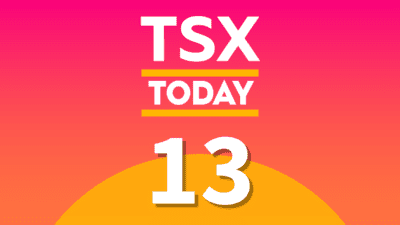Bitcoin (CRYPTO:BTC) is the world’s first cryptocurrency and a staple investment for many cryptocurrency traders worldwide. Considering that it has firmly cemented itself as the top cryptocurrency by market cap, it is not surprising that it would be the popular choice for many new and seasoned crypto investors.
Bitcoin is becoming increasingly mainstream these days, as governments and institutional investors have started getting into it. Bitcoin even became a legal tender in El Salvador, ratifying itself as a means of exchanging crypto for goods and services without regulatory issues in the country. Mexico might be on the same path, and we could see Bitcoin become a legal tender.
Bitcoin is not a passing phase, as evidenced by its resilience through the years. The world’s first cryptocurrency is here to stay, despite all the ups and downs it might face. However, that does not mean BTC would make a good investment right now. Its past performance might no longer paint a clear picture of its future returns.
If you seek returns akin to what the early Bitcoin investors are enjoying right now, it might be better to look into another cryptocurrency.
A smaller crypto cousin to consider
This is where XRP (CRYPTO:XRP) enters the stage. XRP is among the world’s top 10 cryptocurrencies in market cap, but Bitcoin dwarfs it. XRP has a US$72.43 billion market capitalization at writing. In comparison, Bitcoin’s market capitalization is over 10 times that of XRP at US$768.55 billion.
The disparity in market cap between the two might make you consider whether XRP would be a worthwhile investment. However, several reasons could make it a viable investment to consider right now.
Created by Ripple Labs, XRP boasts a blockchain network that offers several advantages over Bitcoin and many of its peers. Many banks are using RippleNet to make cross-border payments faster and at lower costs. Many businesses have started accepting XRP as a payment method, and it offers more use cases than Bitcoin.
Considering the growing momentum XRP has right now, it possesses the potential to deliver far superior returns to investors than Bitcoin can right now.
Why would XRP be a better investment right now?
The primary advantage XRP has over Bitcoin is its high-speed blockchain network that can facilitate 1,500 transactions per second — a massive improvement compared to 4.6 transactions per second for Bitcoin. Banks have started using XRP to make immediate cross-border payments through XRP and RippleNet — something that would be impossible with Bitcoin’s blockchain network.
Another strong argument for XRP would be its smaller market cap. At roughly a 10th of the size of Bitcoin, XRP has a longer runway for growth than its larger cousin. Bitcoin might still offer growth for several years to its investors. However, XRP might outpace its growth in the coming years.
Foolish takeaway
Bitcoin is a well-established cryptocurrency with significant institutional backing. XRP is more of an upstart in the industry that is innovating how cryptocurrency works, but it will take some time to catch up to Bitcoin.
If you are an investor who wants to see sizeable returns in a shorter time, XRP would be a more suitable bet than Bitcoin. It is important to remember that Crypto trading is highly speculative, and it entails a significant degree of capital risk. Fundamentally speaking, XRP might be a better investment due to its real-world use cases and a lack of that for BTC.








